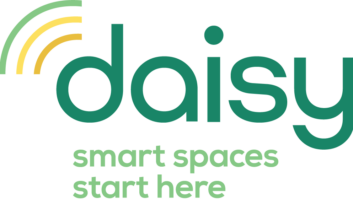I recently signed up for a new piece of enterprise software. As part of the process, I was paired up with a “customer success specialist” whose sole job was to ensure that I derive the most amount of value possible from my purchase.
Odds are you have had a similar experience. Customer success (CS) has become an increasingly popular discipline in the world of software as a service (SaaS). Defined by the Customer Success Association as “…a long-term, scientifically engineered, and professionally-directed strategy for maximizing customer value,” the goal of a CS program is to help customers take full advantage of the products and services the company provides.
Given the exploding popularity of the CS field, it is safe to assume companies are seeing positive results with their CS programs. Here are some ideas to apply CS in your home technology business to create happier clients and healthier bottom lines.
Customer Service vs. Customer Success
On the surface, the phrase “customer success” might appear to be little more than a trendy replacement for good old fashioned customer service. However, while both practices seek to create happy customers, they approach this goal in very different ways.
At its core, customer service comes down to taking care of your client’s immediate needs. Service is largely about a short-term focus on removing friction, preventing frustration, and resolving issues quickly as they come up.
Customer success, on the other hand, takes a long-term view with a focus on driving overall happiness with the product. This is accomplished through a proactive approach designed to help customers derive the maximum amount of value from their purchase.
Putting Customer Success Into Practice
To see how implementing CS practices could make a big difference in your business, consider how frequently you encounter clients who have an inadequate knowledge how to use their system or even what their system is capable of. This lack of know-how results in client frustration, low rates of system adoption, and frequent service calls that result from the all-too-common “operator error.”
Ultimately, these clients are not getting their money’s worth out of their investment — a surefire recipe for low buyer-satisfaction. This is where a properly designed CS program can pay real dividends.
While your CS program can take many shapes, it all starts with a ceaseless dedication to proper client-training during the final phases of the job. Emphasize to your client the importance of this training and require that it take place when no other trades or distractions are present. Consider night or weekend sessions if you must. Also, recognize that multiple training sessions may be required.
Consider producing training and reference materials for your clients. This could include how-to videos broken into bite-sized segments or reference PDFs that walk the client through common “quick fixes” such as rebooting a cable box. Such assets empower your clients to quickly remove friction and get back to enjoying their purchase.
A third idea is to provide regularly scheduled, proactive technology reviews. Think of these visits like personalized coaching sessions. Make your clients aware of new features that will increase their enjoyment of their purchase. Ask lots of questions in an effort to discover where they are finding success with their system and, equally important, where they are struggling. Use the information you gather during these visits to continually optimize your CS program.
Also from Jason Griffing: The Important Difference Between Leadership and Management
Create Maximum Value
The ideas above are, of course, only a few suggestions to get you started. For more ideas, pay close attention the next time you interact with a vendor who has invested in some form of CS. What are they doing well in order to ensure that you are deriving the maximum level of value from your purchase(s)? How can you emulate these in your business to ensure your customers are getting full use of their technology investment?
The key is to move beyond a purely reactive break-fix service approach. Instead, leverage CS principles to put a long-term plan in place for creating happier clients. Taking these proactive steps will result in several major benefits, including enhanced client relationships, happier employees, and lower customer acquisition cost through increased repeat business and referrals.







